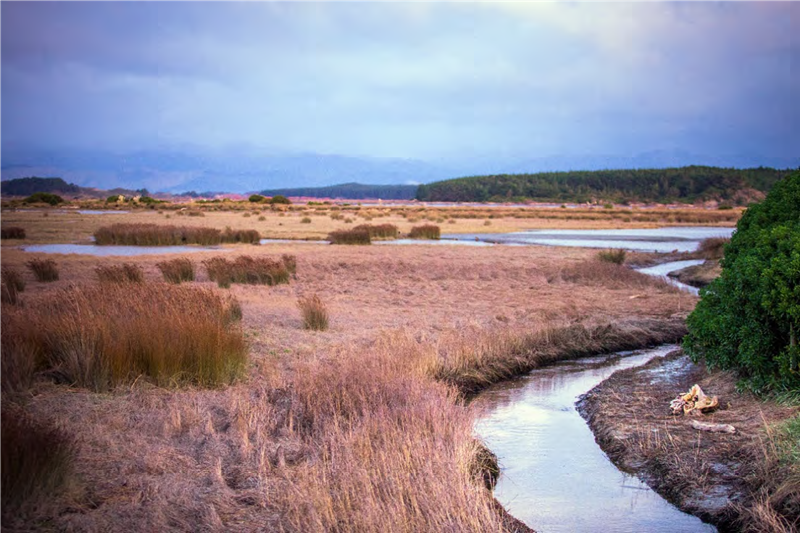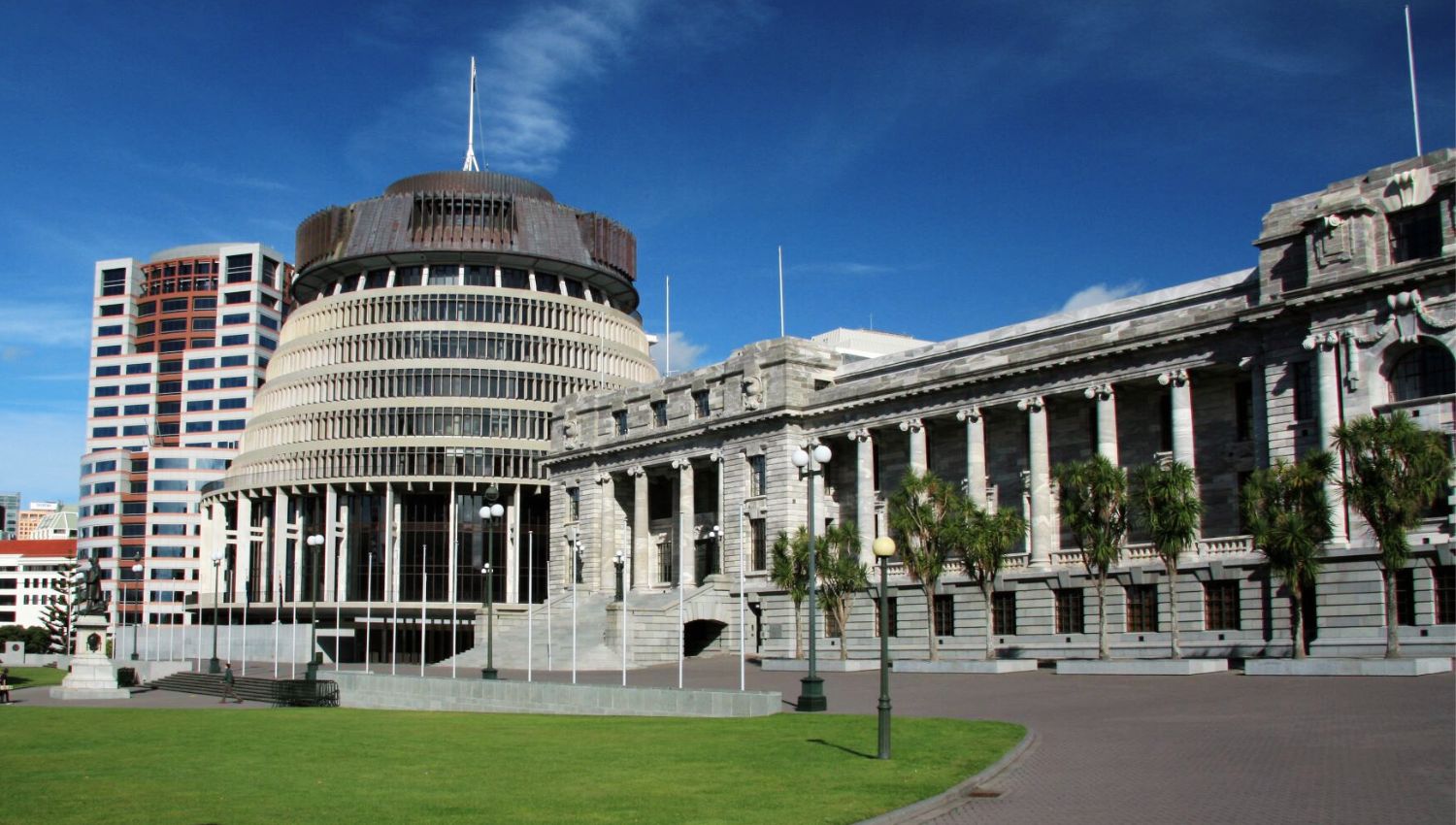Photo from: Ministry for the Environment. 2019. Action for healthy waterways – A discussion document on national direction for our essential freshwater.
The Government released its proposals for freshwater management reform on 5 September 2019, including a consultation draft of the National Policy Statement for Freshwater Management (“Consultation Draft”) which, once finalised, will represent the fourth iteration of the National Policy Statement on Freshwater Management (“NPSFM”).
In contrast to the 2014 and 2017 iterations which built on the original 2011 format, the Consultation Draft has a new look and feel and much greater coverage. The Consultation Draft has simply one objective with thirteen supporting policies. It provides for the continued setting of freshwater management units by regional councils, and the national objectives framework (“NOF”) which requires regional councils to work through specific values and attributes for those freshwater management units. However, it covers a far greater number of topics including inland wetlands, and has a larger number of attributes tables for both limit setting and ‘action plans’ under the NOF.
Te Mana o Te Wai
The Consultation Draft continues to strengthen and build on the concept of Te Mana o Te Wai which is proposed as a “fundamental concept” and permeates the Consultation Draft more fully than the current NPSFM. While the current NPSFM says it “is the integrated and holistic well-being of a freshwater body”, the Consultation Draft omits a clear definition statement, saying it “refers to the fundamental value of water and the importance of prioritising the health and wellbeing of water before providing for human needs and wants”. There is a re-framing of the term at least and whether it is clearer than the current NPSFM will no doubt attract submissions.
‘Maintain or improve’
Objective A2 of the current NPSFM – amended in 2017 to spatially narrow “region” to “freshwater management unit” – has attracted much debate around the use of the term ”overall”. The Consultation Draft includes a ‘maintain or improve’ policy (proposed Policy 2) but with a different emphasis to the current NPS. It no longer uses the word “overall”, and instead of the term “water quality”, refers to the health and wellbeing of water bodies and freshwater ecosystems.
NOF & compulsory values
Within the NOF, there are now at least three and potentially four compulsory values. Ecosystem health remains, but “human health for recreation” is proposed to be “human contact”. “Threatened species” has been added, and there is a placeholder for a fourth possible compulsory value for Mahinga Kai or Tangata Whenua Value. The range of other values that must be considered through the NOF remains the same, but will be shortened if Mahinga Kai becomes a compulsory value. The term ‘freshwater objective’ is absent from the NOF. Instead regional councils must describe the environmental outcomes that it wants to achieve for the compulsory and other values it identifies.
The Consultation Draft appears to place development of the NOF more squarely with regional councils than the current NPSFM. It is proposed that at every stage of the process regional councils must engage with communities and tangata whenua in order to give effect to Te Mana o te Wai, but the list of mandatory considerations at all relevant points in the process – such as how to enable communities to provide for their economic well-being, including productive economic opportunities – is absent from the Consultation Draft.
Attributes tables
There range of attributes tables is considerably expanded. The attributes which require limits have expanded from nine to twelve, and include suspended fine sediment. Eleven attributes requiring ‘action plans’ have also been introduced covering matters such as macroinvertebrates, fish, and submerged plants (native and invasive). Regional councils are to identify the current states of each attribute, and set target attribute states. Much like the current NPSFM these are proposed to be at or above current state (unless below the national bottom line in which case the target must be better than the national bottom line). However a notable exception is Human Contact where the target attribute is to be above the current state of that attribute.
New ground
The Consultation Draft covers far more ground than the current NPSFM. There are specific requirements introduced for inland wetlands, streams, and fish passage. There is an emphasis on no further loss of wetlands which is not surprising given New Zealand’s record of wetland loss, and there are strong provisions directed at ensuring continued fish passage in New Zealand’s rivers and streams.
Timing
In line with its desire to take a strong stance on the improvement of freshwater quality, the consultation draft shortens up the timeframe for councils to have final decisions out on regional policy statements and plans by no later than 31 December 2025.
Not addressed
The question of Māori rights and interests which has recently been considered by the Waitangi Tribunal is not directly addressed in the Consultation Draft. The Cabinet paper accompanying the proposals states that the Tribunal’s report (which was released on 28 August 2019) is to be considered alongside submissions as part of public consultation. Given the complexity of how this issue might be addressed, it remains to be seen whether it will form part of the replacement NPSFM in due course.
Submissions
The official closing date for submissions is Thursday 17 October 2019 at 5pm. However, submissions will be accepted for a further two weeks beyond that date, until 31 October 2019.
Also open for submissions as part of the freshwater reforms Action for Healthy Waterways package are a proposed national environmental standard for freshwater and draft stock exclusion regulations.



